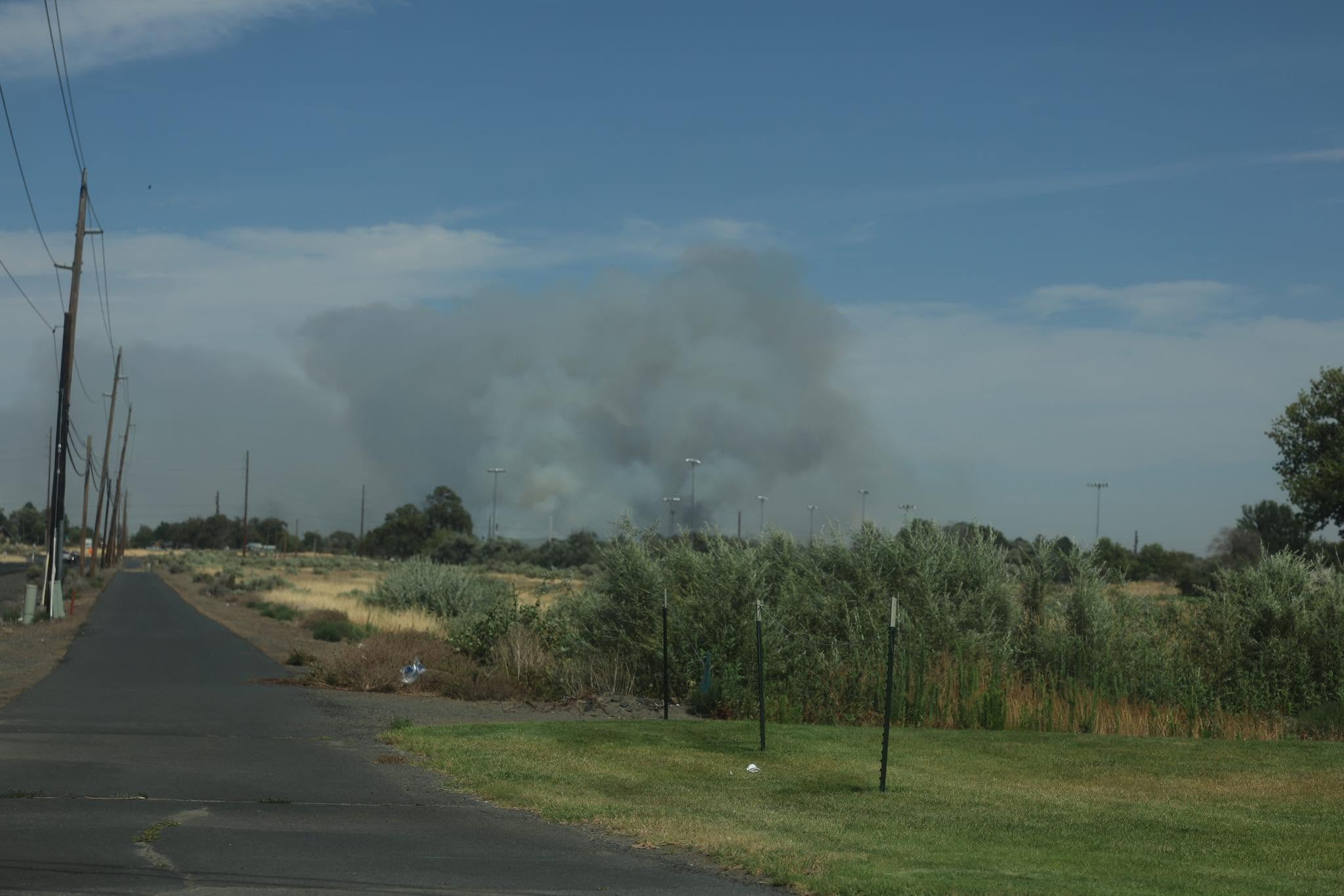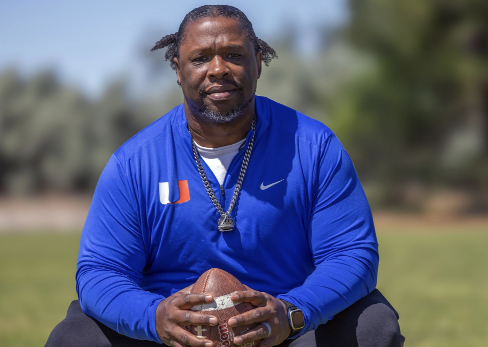Shutdown skeptic faces pushback at regional COVID response meeting
Published 6:00 am Thursday, August 6, 2020
MISSION — A Good Shepherd Health Care System doctor questioned the need for the latest COVID-19 shutdown, and linked the spread of the virus to Umatilla County’s Latino population at a regional coronavirus response meeting based at the Wildhorse Casino & Resort on Tuesday, Aug. 4.
A few days after Gov. Kate Brown sent Umatilla County back to baseline COVID-19 restrictions and the Confederated Tribes of the Umatilla Indian Reservation voluntarily imposed new social distancing regulations, Kat Brigham,a the CTUIR Board of Trustees chair, and state Sen. Bill Hansell convened a meeting with several of Umatilla County’s top municipal, county, tribal and health care officials. The goal of the meeting was better coordinating their response to a virus that’s infected more than 2,100 county residents and killed 27.
The conversation didn’t get contentious until after Hermiston Mayor David Drotzmann relayed a message from Mirasol Family Health Center, a Hermiston clinic.
Drotzmann said Mirasol staff told him that “a large Latinx population … have been the most impacted,” adding that many Latino residents worked in the agriculture industry and lived in multigenerational or multi-family homes. COVID-19 educational material directed toward the Latino community needed to encourage residents to seek care if they’re sick, he said.
Drotzmann then introduced Jeremy Anderson, a Good Shepherd orthopedic surgeon, who told the other attendees that he also had degrees in epidemiology and microbiology.
Anderson immediately questioned the state’s decision to move Umatilla County to baseline restrictions, arguing that the regulations would make no difference in curbing the spread of the virus.
He began paraphrasing Drotzmann’s conversation with Mirasol, but soon added his own points.
“Our mayor, Mr. Drotzmann, said that a high percentage of these infections is in one type of community that lives in multigenerational homes, is in white vans working all the time, and spreading this disease amongst themselves,” Anderson said. “If you shut down all our small businesses, restaurants, it makes absolutely little, if any, impact.”
Neither the Oregon Health Authority nor Umatilla County Public Health has publicly released Umatilla County’s COVID-19 data broken down by race, making Anderson’s claim that a “high percentage” of local coronavirus cases belong to Latinos unverifiable. Statewide, nearly 4 in 10 COVID-19 cases are associated with Hispanic residents, a number that’s more than twice as large as Latinos’ share of Oregon’s population. National public health experts have attributed COVID-19’s disproportionate impact on Latino communities to working conditions and unequal access to health care.
Yellowhawk Tribal Health Center CEO Lisa Guzman pushed back against Anderson’s arguments about the county’s Latino community.
“I don’t think community members will respond to that tone,” she said. “Especially, if we’re attacking a certain population for being the sole group of bringing in a pandemic or exacerbating the pandemic.”
Brigham eventually began interrupting Anderson by saying she wanted to avoid pointing fingers at anybody for the county’s state.
Anderson doubled down on his skepticism for the shutdown orders, but eventually apologized and said he wasn’t trying to be “culturally insensitive.”
Presenting a united message
Brigham opened the meeting with a short speech reminding the audience of the Tribes’ tragic history and explained why the Tribes decided to impose their own restrictions.
“It isn’t that we don’t love freedom,” she said. “We love it so much that we want to ensure everyone is here to enjoy it. Yet, with all our efforts we still lost two tribal members to the disease and have had more than 50 positive cases on the reservation. Thankfully, we are down to only seven active cases.”
The bulk of the meeting was spent trying to coordinate a communication strategy between each government so that they presented a united message.
Umatilla County Commissioner George Murdock touted a deal with the EO Media Group to distribute face masks and COVID-19 information in EOMG newspapers, including the Hermiston Herald.
The $58,095 contract will run through September and include digital ads. The EOMG newsroom was not involved in advertisement negotiations.
Newspapers weren’t the only medium being considered, with Umatilla County Public Health Deputy Director Alisha Southwick saying she’s discussed putting COVID-19 messaging on billboards.
Drotzmann said Hermiston contracts with Pac/West Communications to do communications for the city, but he could work with the public relations firm to see if it would extend its services to the governments as a group for pandemic messaging.
The group seemed to reach a consensus on working together on communications, but the other vital parts of curbing the spread of the coronavirus — testing and contact tracing — remain a challenge.
Guzman said Yellowhawk has a rapid testing machine that can return results within 15 minutes, and then forward the information to contact tracers within an hour, but local governments needed to band together to increase testing capacity so that residents didn’t have to wait up to a week to get results. Southwick added that Mirasol has a similar machine, but the clinic draws from a small supply of tests.
With the recent surge in COVID-19 cases, Southwick said the county’s public health department has been relying on assistance from OHA and Douglas County to do reporting and tracing work.
Southwick said the public health staff now feels like their “eyeballs are above water,” adding that she didn’t need to assign any cases to Douglas County on Aug. 4 because she had sufficient staffing between the county and state.









